By the mid-19 century, a series of historical developments set off by the Industrial Revolution enabled the reconceptualization of swimming from a practical or therapeutic activity to a form of recreation for the masses. The relative financial prosperity along with the construction of an extensive railroad network that connected the urban centers with the coastline and the rise of a pop culture complemented by the relative relaxation of strict moral and dress codes led to the emergence of a ‘vacation-by-the-beach culture’ where many people could spend their leisure time swimming and sunbathing. These changes had as a result the creation of a new type of bathing suit for women corresponding to the new spirit of their time! This bathing suit was a two-piece suit consisting of bloomers and black stockings or a relatively short gown and a pair of trousers. By 1855, drawers made their first appearance too, while, by the end of the century, the ‘Princess’ cut, a one-piece combining blouse and trousers, was introduced. It seems that, during this century that gave permission to women to swim in public, a certain pattern in the designing of women’s swimwear repeated itself by making a small step towards body positivity and practicality.
And this brings us to the 20th century when things begin to appear more familiar to our modern-day eyes in terms of swimwear. But before going any further, let us make a detour into her-story of feminism in order to get a bit of context for what it follows! During this period, from the mid-19th to early 20th century, the first wave of feminism was taking place in some ‘western’ countries. Not without its predecessors, this period of feverish political and social activism is characterized -among other things- by two features: firstly, its claims were laid in terms of sameness with the men, and secondly, its struggles were focused on gaining legal equality on the basis of equal rights in work, vote, education, etc. Perhaps, the most notable and influential text of this period was Mary Wollstonecraft’s feminist treatise titled ‘A Vindication of the Rights of Woman’ and published in 1792. This seminal text laid the ground and inspired the first-wave feminists of the following decades by making the case for the moral, social, and political equality of the ‘two’ sexes in the democratic and humanistic spirit of Enlightenment, especially the ideas of Jean-Jacques Rousseau. The British Women's Social and Political Union -whose only female members are known as suffragettes- owns a great dept to Wollstonecraft’s ideas. This activist organization was founded in 1903 by Emmeline Pankhurst and their main motto was ‘Votes for women’ after which they were named by the press as they were advocating for women’s suffrage, that is the civil rights of voting. Among their activist strategists to further their causes for legal equality on the basis of a sameness to men, two stand apart as they have been historically deployed by various activist groups in the following decades around the world, direct action and civil disobedience.





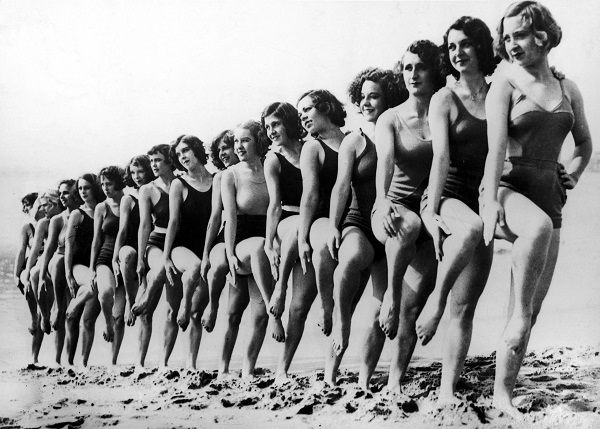



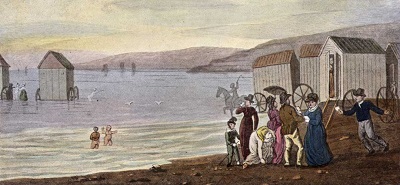
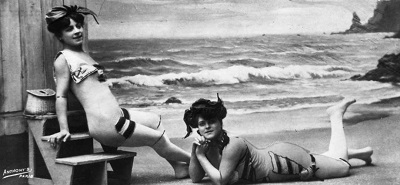
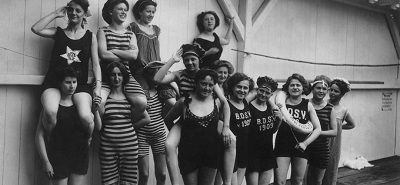

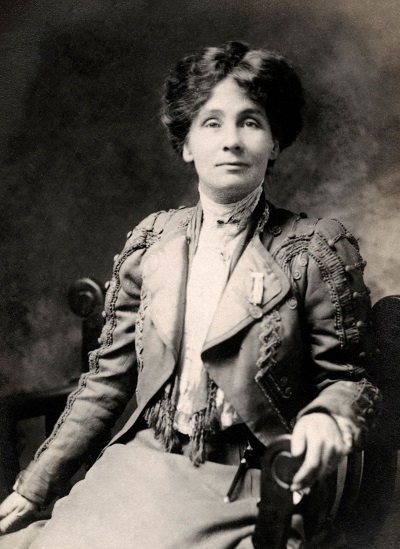

 Login
Login